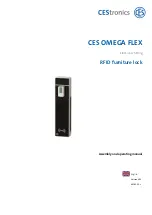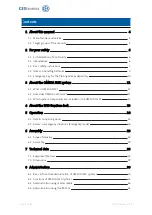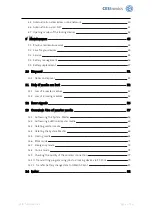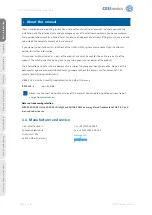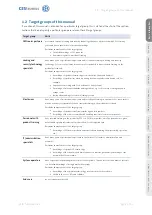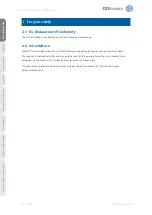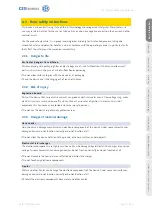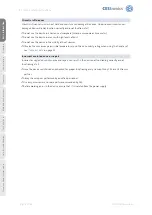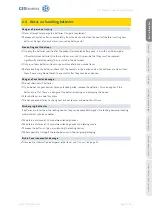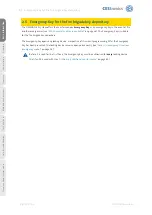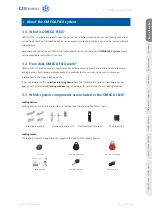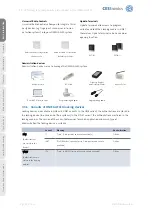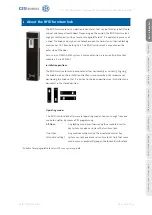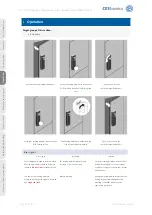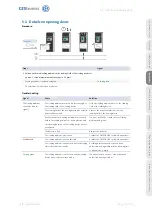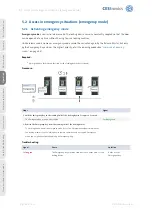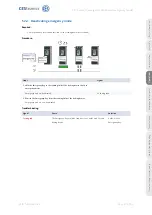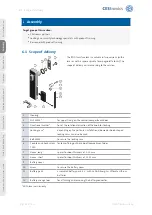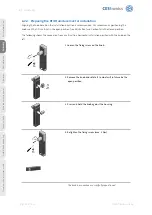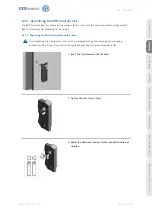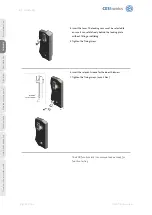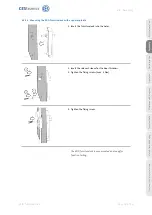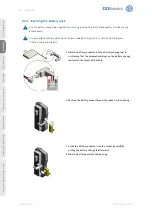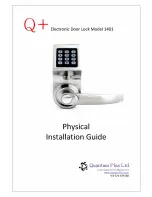
2.4 Notes on handling batteries
Danger of personal injury
✓
Never attempt to recharge the batteries. Danger of explosion!
✓
Remove exhausted batteries immediately from the device and clean the contacts before inserting new
batteries. Danger of chemical burns caused by battery acid!
Preventing malfunctions
✓
Use only the batteries specified for the product (assembled battery pack; 3 V; with 2x AAA Energizer
Ultimate Lithium batteries). If other batteries are used, it is possible that they must be replaced
significantly more frequently than is stated in the datasheet.
✓
Only insert new batteries. Never use a mixture of old and new batteries.
✓
Before inserting the batteries, check that the contacts in the device and on the batteries are clean. Clean
them if necessary. Do not touch the contacts after they have been cleaned.
Danger of material damage
✓
Do not short-circuit batteries.
✓
If you do not use your devices for an extended period, remove the batteries. This also applies if the
batteries are flat. There is a danger of the batteries leaking and damaging the device.
✓
Store batteries in a cool, dry place.
✓
Do not expose batteries to strong heat or heat sources and do not burn them.
Discharging batteries
If batteries are inserted in the locking devices, they can become discharged if the locking devices or locking
media interact with one another.
✓
Maintain a distance of 10 cm between locking devices.
✓
Maintain a distance of 10 cm between locking devices and locking media.
✓
Remove the batteries if you are not using the locking devices.
✓
Where possible, transport the locking devices in their original packaging.
Risk of environmental damage
✓
Observe the information on disposal of batteries, see
RFID furniture lock
Page
9
of
84
2.4 Notes on handling batteries
Overview:
Use
of
master
media
Help
&
troubleshoot
ing
T
echnical
dat
a
Maint
enance
&
disposal
O
perat
ion
Administration
A
ssembly
Basic
information

